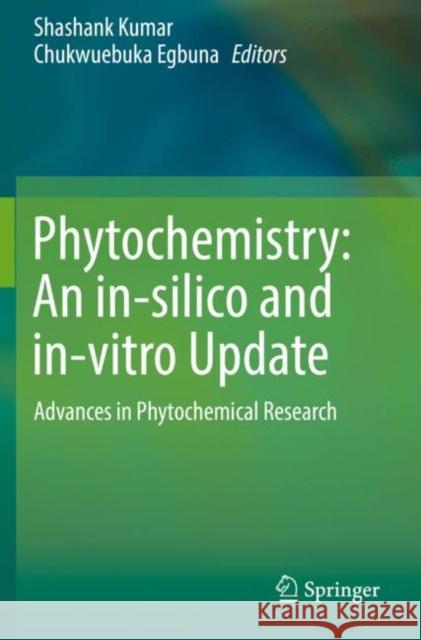Phytochemistry: An In-Silico and In-Vitro Update: Advances in Phytochemical Research » książka
topmenu
Phytochemistry: An In-Silico and In-Vitro Update: Advances in Phytochemical Research
ISBN-13: 9789811369223 / Angielski / Miękka / 2020 / 577 str.
Phytochemistry: An In-Silico and In-Vitro Update: Advances in Phytochemical Research
ISBN-13: 9789811369223 / Angielski / Miękka / 2020 / 577 str.
cena 805,10
(netto: 766,76 VAT: 5%)
Najniższa cena z 30 dni: 771,08
(netto: 766,76 VAT: 5%)
Najniższa cena z 30 dni: 771,08
Termin realizacji zamówienia:
ok. 22 dni roboczych
Dostawa w 2026 r.
ok. 22 dni roboczych
Dostawa w 2026 r.
Darmowa dostawa!
Kategorie:
Wydawca:
Springer
Język:
Angielski
ISBN-13:
9789811369223
Rok wydania:
2020
Wydanie:
2019
Ilość stron:
577
Oprawa:
Miękka
Wolumenów:
01











